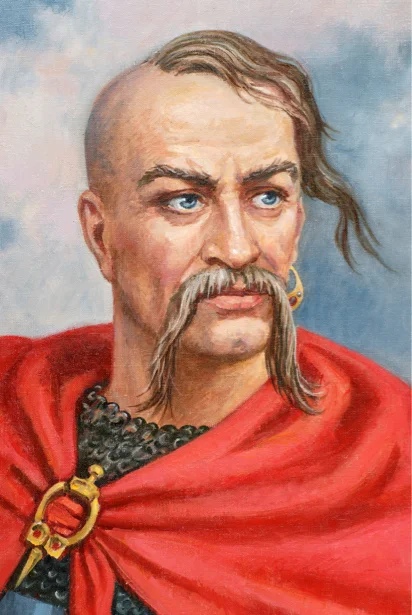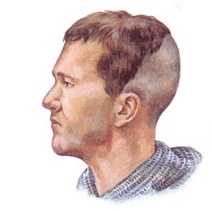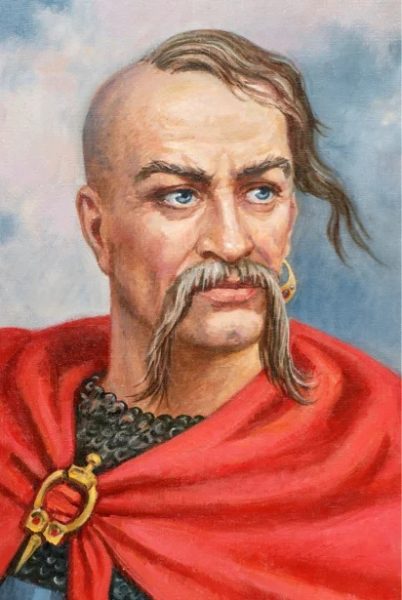While we are translating another part of the Volkolak and going to the country of Stursky, keep the post about ... hairstyles!
When we imagine some ancient people or look at their images, the first thing we pay attention to is clothes and hairstyles. And if you can talk a lot about the first and write entire encyclopedias for a single nation and a single historical period, then the second is somewhat more difficult. The reasons, in general, are clear: photography was invented relatively recently, hair on fossil skeletons usually does not exist ... well, you yourself understand. That's why it happens that artists draw whatever comes into their heads, the image goes to the people, the image is imprinted in the people's consciousness - and hello. It turns out a false stereotype, which is hardly possible to knock out of your head.
Let's take, for example, Prince Volodymyr. Surely many immediately come to mind something like the attached image: a long mustache, an earring and some strange thing on his head. But was it really so? Let's dive deeper into history!

In Leo the Deacon we read: τὴν δὲ κεφαλὴν πάνυ ἐψίλωτο· παρὰ δὲ θάτερον μέρος αὐτῆς βόστρυχος..., which in translation looks like:
“his head was shaved bald; part of his hair fell on one [or: on two] sides of his head ... "
The problem here is in the word θάτερον, which can mean both "on one side" and "on both sides." Historically, (probably also under the influence of Cossack hairstyles), Volodymyr is depicted with such a forelock falling to one side. But then again, is it true?
Let's digress specifically from him and talk about the Rechan princes in general. You will hardly be surprised if I say that they had very close ties with the Normans - and it is quite natural that they could borrow some of their cultural traditions from them. To clarify the situation a little, let's look at another text about the Normans, already in Old English.
…tysliað ēow on Ryġisc, ābleredum hneccan and āblendum ēagum.
“... you dress yourself like Ruginians, with a shaved neck and closed [lit. blinded] eyes.
That is, we see the same thing with the Normans as with Volodymyr: a shaved neck. But what about closed eyes? It is unlikely that with such a forelock, as it is customary to portray, it would be possible to close your eyes normally, and therefore the assumption seems more likely that the Hellenic θάτερον here means just “on both sides”, and the hairstyle (of both the Normans and Volodymyr) looked like this: a shaved neck and the back of the head, and the front with hair that falls forward, covering the eyes, and on both sides of the head. That is, approximately, as in the image below. Except maybe a little longer.

Conclusion: the story is fascinating, but no less complicated.

